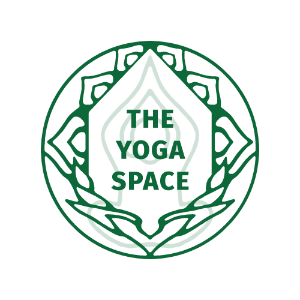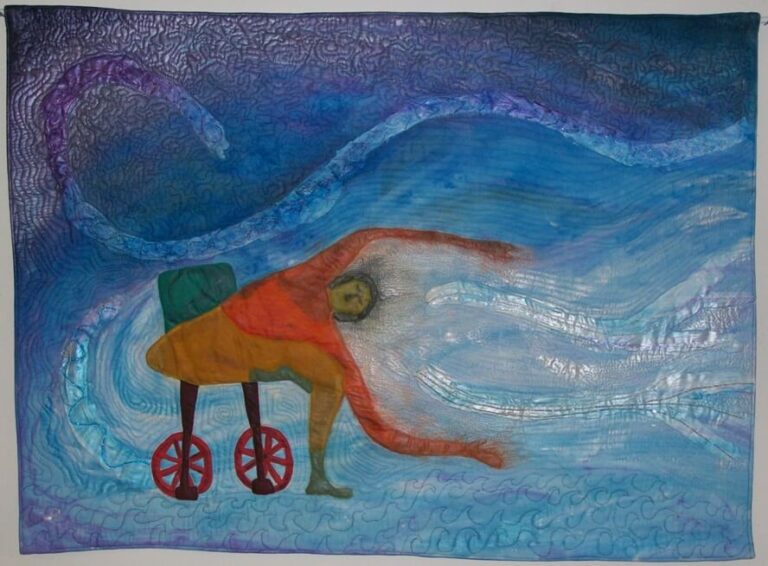How do you know what will support the healing process and what you should modify or leave out until you’re healed?
https://www.yoganatomy.com/yoga-practice-when-youre-injured/ by David Keil
Yoga practice when you’re injured?…What to do?
Yoga practice when you’re injured can be frustrating. All kinds of feelings can come up: guilt, anger, disappointment, confusion, even a sense of futility. Despite the best of intentions, we’re human beings and things happen. It might be as simple as tripping on a crack in the sidewalk when we’re walking down the street and now we’ve twisted an ankle. And, yes, it’s possible that despite our best efforts, we’ve tweaked something in yoga practice. Maybe you just lost your attention for a moment. Maybe you’re newer to practice and you just weren’t aware of the sensations in your body yet and you pushed something too hard in your enthusiasm to go for it. Whatever the case, now there’s an injury, so how do you know what to do in your yoga practice when you’re injured?
How do you know what will support the healing process and what you should modify or leave out until you’re healed?
These are questions that I’ve been asked a lot over the years as most of my students are active people. They’re runners and cyclists and hikers and dancers. They’re Moms and Dads chasing after busy kids. Despite their best intentions, things happen and sometimes pain comes up.
If you want to learn a process for working with injuries you should definitely check out the online injury workshop. It teaches you a process of how to assess, modify, and work with injuries.
The Process
Let’s walk through the thought process that I go through internally when students ask questions about how to practice appropriately when they’re experiencing pain or modifying yoga practice when injured.
Above all, regardless of the situation, the first step when you feel pain in practice is: STOP!
Pain is your body’s warning to pay attention, so do that. Stop what you’re doing and pay attention to what you’re experiencing in your body. From here, there are no hard and fast rules. Your experience is real. Only you actually know what that experience is. Check into your own body and take on the responsibility of speaking up and changing things if something is not working for you.
Types of Pain
At this point, you might decide that the pain you’re experiencing falls into one of two broader categories:
1: The pain is achy and felt throughout the muscle (covering a broad area). You might describe it as a “sore muscle” kind of pain.
Or
2: The pain is sharp, nervy, pinchy, and/or localized in one spot.
These two broad categories of intense sensation tend to come from different sources.
General Muscle Soreness
In the first case, the “achy muscle” situation, it might be that the muscle(s) are feeling sore because you used them in new ways. This isn’t necessarily bad. Asana practice is physical and physical sensations are going to come up. The tricky part is balancing the sukha and the shtira, the amount of effort and ease. If you are feeling some generally sore muscles, then your body has waved a yellow caution flag. Most likely it will be ok to do some yoga practice. Start small and keep checking in with your body. Try a few sun salutations. Is the muscle soreness lessening as your muscles warm up? If it is, then continue on with practice AND continue checking in with your body as you go. If you continue to feel better, then it’s likely going to be ok to continue with practice. If at any time you start to feel worse, pain-wise, or the sore muscle starts to feel especially fatigued, then you might consider stopping practice for the day and revisiting practice again the next day.
Localized Pain: The Thought Process
In this case we’re talking about pain that is more specific than a general muscle soreness kind of pain. We’re talking about pain that may feel sharp, nervy, pinchy, and is usually localized in one spot.
In this case the pain is often specific to a particular movement or pose. That’s when my thought process follows the paths in the flowchart below. It starts with the simplest question: Can you reset the pose or the movement in some way that eliminates the pain? Maybe don’t go into the pose as deeply, or slightly change the direction of something? If that doesn’t work, maybe you can modify the pose or do a different pose with the same intention. If that’s still causing pain, then maybe you need to try leaving the pose out or even stopping practice for the day. Regardless of where you fall along this flow chart, the idea is always the same, to do as much of the intention of the posture that can do without pain. Always consider checking in with an appropriate medical professional if you are feeling consistent pain.

Conclusion
We are beings that have a body. We move around in day to day life in physical ways. Asana itself is a physical practice. Physical sensations are going to come up. What we do when we experience those sensations can impact the experience that we have in yoga practice. While we want to do everything we can to eliminate pain and injury in yoga practice, we don’t often come to practice in perfectly aligned and balanced bodies. We come in with the patterns that we create from all the activities and experiences we create in our life. There may be times when you need to craft a yoga practice when you’re injured. What we can do is cultivate our ability to pay attention to what’s going in our body. We can use our body’s signs and signals to learn more about our patterns and we can use our common sense to make intelligent decisions that don’t exacerbate a problem.

